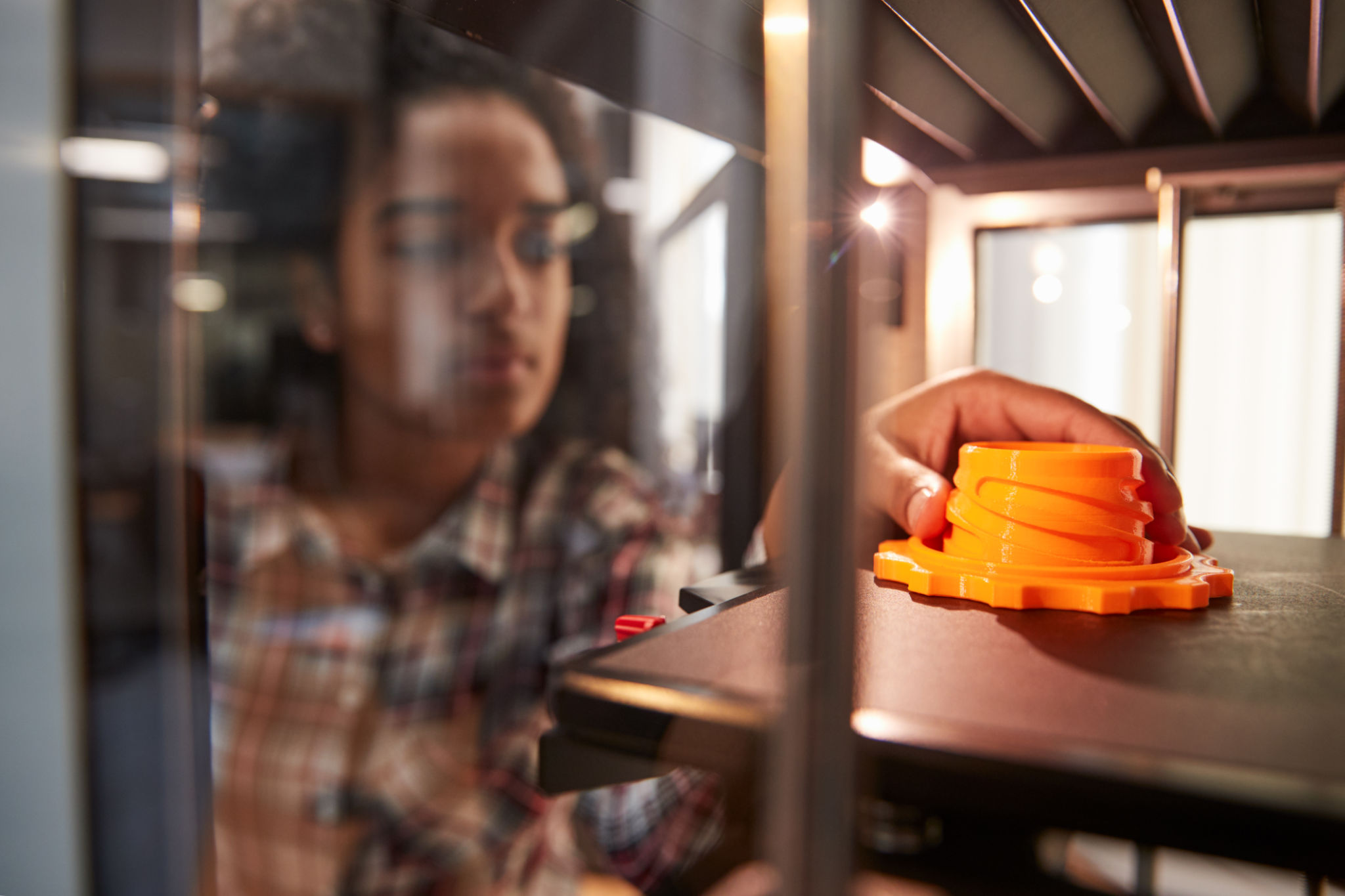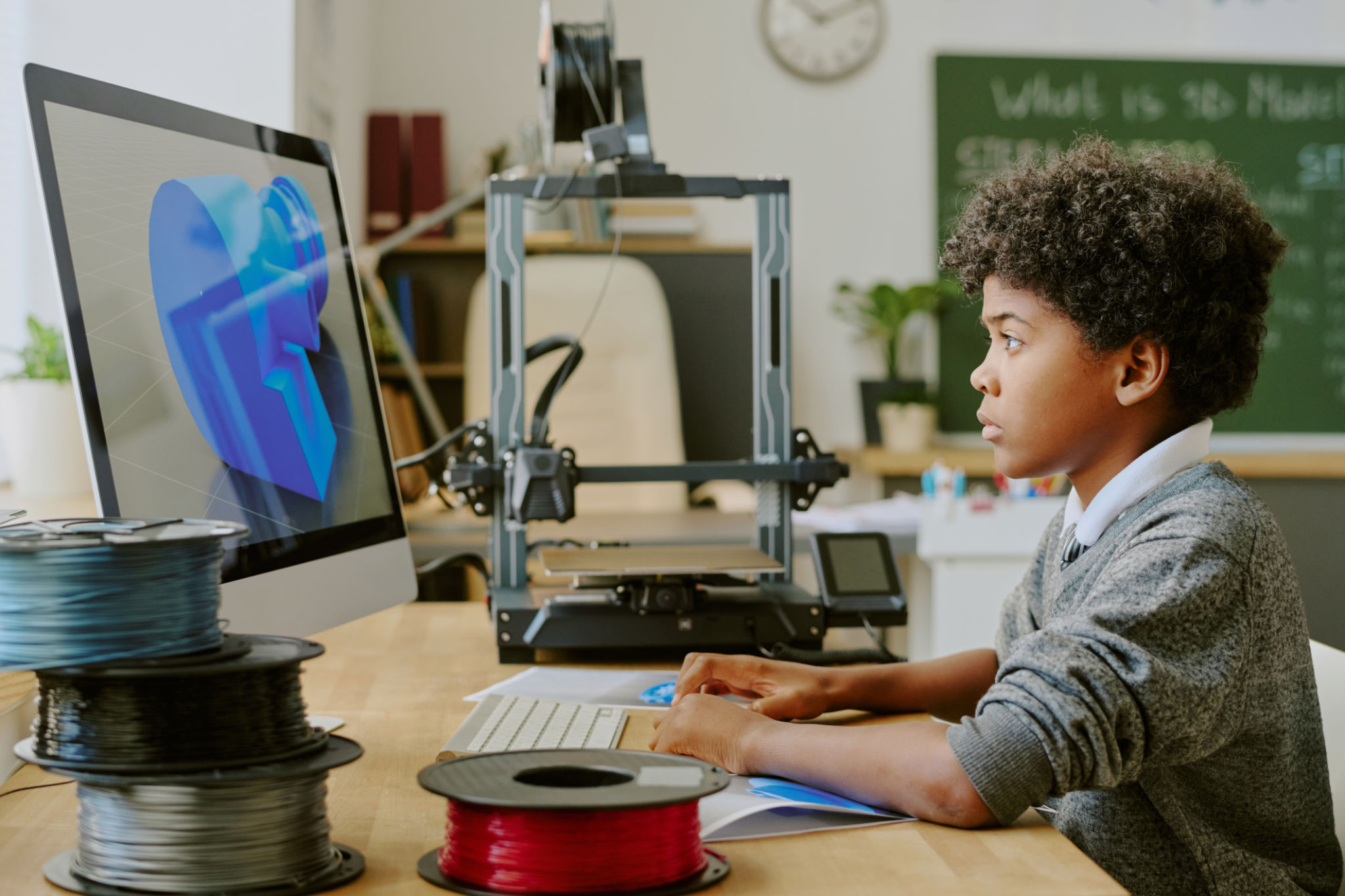How to Choose the Right 3D Printing Technology for Your Educational Needs
Understanding the Basics of 3D Printing Technologies
In the realm of education, 3D printing has revolutionized the way students engage with various subjects by providing tangible, hands-on learning experiences. Before diving into the selection process, it's crucial to understand the basics of 3D printing technologies. These include Fused Deposition Modeling (FDM), Stereolithography (SLA), and Selective Laser Sintering (SLS), each offering unique benefits and applications.
FDM is one of the most popular types due to its affordability and ease of use, making it ideal for educational settings where budgets may be limited. SLA, on the other hand, is known for producing high-resolution items, which can be essential for fields requiring detailed work like engineering or medical studies. Lastly, SLS provides robust and durable models, suitable for more advanced applications.

Assessing Your Educational Needs
When choosing the right 3D printing technology, it's essential to first assess the specific educational needs and goals. Consider the following questions: What subjects will benefit from 3D printing? What is the skill level of students who will use the printers? What is your budget?
For elementary and middle school students, an FDM printer may suffice, providing a balance between cost and ease of use. Meanwhile, high school and college programs focusing on design or engineering may benefit from the high precision of SLA printers. It's important to align the technology with the curriculum's objectives to maximize educational value.
Evaluating the Learning Environment
The learning environment also plays a significant role in selecting the right 3D printing technology. Consider the space available for the printer, as well as safety concerns associated with operating these machines. FDM printers are generally more compact, making them suitable for smaller classrooms.
SLA and SLS printers might require more space and ventilation due to their specific operational needs. Ensuring the environment is conducive to safe and effective printing is crucial for both educators and students. Additionally, factor in the accessibility of resources, such as software and materials necessary for successful implementation.

Exploring Material Compatibility
The choice of materials is another critical factor when selecting a 3D printer for educational purposes. Each technology supports different materials that can greatly influence the outcome of a project. FDM printers typically use PLA or ABS plastics, which are cost-effective and suitable for most educational projects.
SLA printers use resin materials, offering higher detail but at a higher cost. SLS printers utilize powdered materials that are excellent for creating durable models but may not be necessary for all educational settings. Understanding material compatibility will ensure that projects not only meet educational objectives but also fit within budget constraints.
Considering Long-term Investment
Investing in 3D printing technology should also include considerations for long-term use. Think about the ongoing costs of materials and maintenance, as well as potential upgrades to keep up with technological advances. Selecting a printer with a strong support system and available resources can save both time and money in the future.
Furthermore, consider how the technology can be scaled or adapted as educational needs evolve. A versatile printer that can grow with your program will provide lasting value and enhance learning outcomes over time.

Conclusion: Making an Informed Decision
Choosing the right 3D printing technology for your educational needs involves careful consideration of various factors such as educational goals, environment, material compatibility, and long-term investment. By thoroughly assessing these areas, educators can make informed decisions that enhance learning experiences and foster innovation in the classroom.
Ultimately, the right 3D printer should not only align with current educational objectives but also inspire students to explore new ideas and develop critical skills essential for their future endeavors. With thoughtful planning and evaluation, 3D printing can become an invaluable tool in education.
